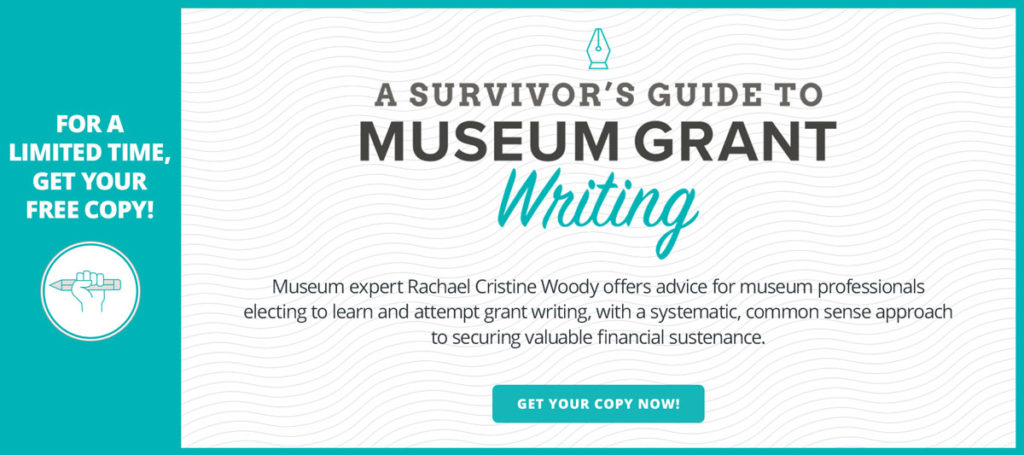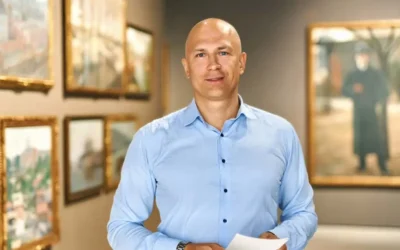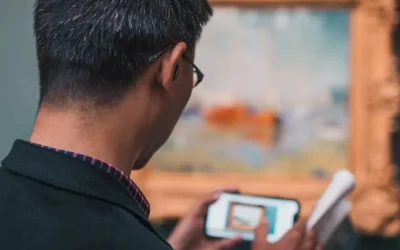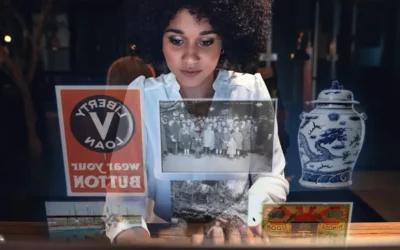The End of Net Neutrality & The Museum Digital Visitor

Rachael Cristine Woody
In the United States, the Federal Communications Commission (FCC) has officially ended net neutrality and internet service providers (ISPs) are no longer regulated in their provision of internet usage. The end of net neutrality has many profound implications, and when you consider what it might mean for museums and other cultural institutions, the repercussions can be catastrophic.
No one is certain, but many speculate that ISPs can now implement a pay-to-play scheme to hold content hostage, implement slower internet service, or block content altogether. What shape the internet will take now that net neutrality has ended is still unknown. Will companies, museums, and cultural institutions alike need to buy packages in order to continue the unfettered delivery of their digital content? Will a museum’s digital visitors have to front the cost of accessing a museum’s content—content that used to be freely available? Will there be a price war, with different ISPs slowing down or blocking rival ISP clients? There could be tiered, restricted, or all-together blocked website domains and online content; this could especially be a problem for any political or social justice engagement in which museums have purposefully participated. Unfortunately, we have no idea how the end of net neutrality will unfold and there is little information which organizations—including museums—can review and construct a plan around.
Only a Few Voices Break the Silence
Museums have remained oddly silent on the net neutrality issue. A recent article by Kevin Litman-Navarro, “Will Net Neutrality Kill the Digital Museum?” is the latest in just a handful of articles and blog posts that speak to the potential impact the end of net neutrality will have on the museum world. In my attempt to find museum responses to the end of net neutrality, I note that Blaire Moskowitz, Ph.D. candidate at the University of Leicester and Project Manager for the Digital Department of the American Museum of Natural History, appears to be one of a few leading voices. Here’s her definitive post on how the end of net neutrality can impact the museum world. In addition, Moskowitz is the creator of a sadly quiet Reddit conversation where she asks museums to share or discuss their digital contingency plans.
In December 2017, only a few museums published a call to action to encourage people to send feedback to the FCC regarding the end of net neutrality. Nancy Proctor has such a note published via Museums and the Web, and while the Smithsonian has written about the end of net neutrality in its magazine the article failed to mention the Smithsonian museums.
Digital Presence
Museums and cultural organizations have grown to depend on digital content platforms to provide access to collections, advocate for museum interests, and accomplish collection and advocacy missions. Furthermore, digital platforms have allowed museums to evolve open access and open content initiatives, empowering and encouraging learning and collaborative engagement, and promoting an evolving understanding of museum collections.
The Impact of Digital Visitors
Over the last decade, museums have increasingly acknowledged the impact of digital visitors. Digital visitors are visitors who access a museum’s content through its main website, collections management system, and social media platforms. The digital visitor has a slightly different relationship to a museum than a physical visitor, and museums are beginning to understand and cultivate a mutually beneficial relationship with digital visitors. Digital visitors tend to be repeat visitors who enjoy viewing collection objects and engage in museum online activities—from crowdsourcing projects to social media promotion. Digital visitors are also increasingly engaged in museum fundraising efforts that take place and are promoted via online platforms and social media.
The Impact on Digital Visitors
If the end of net neutrality is what we speculate it to mean, it will limit and deter the growth of a museum’s digital presence, and therefore impact the relationship the museum has fostered with digital visitors. This barrier will impact the digital visitor’s access to museum objects and exhibits, stifle their crowdsourcing contributions, discourage their engagement in social media, and weaken online fundraising participation. This will lead to a decline in digital visitor statistics. If digital visitor statistics are impacted, then the overall boost user statistics lends to inform museum management decisions and advocate for more resources will be subsequently weakened.
The Strategy Imperative
It is here Moskowitz contends museums have disaster plans for things that can happen in the physical world, but do any of them have a disaster plan for safeguarding their digital existence? Do museums have an “end of net neutrality” contingency plan? This is a new era problem, and it’s understandable that the majority of museums may not have an actionable plan to safe-guard their digital existence. However, it is no longer an option for museums to remain inert and unresponsive to this issue. Their very existence and health as an institution is at stake.

Rachael Cristine Woody
Stan writes regularly for Lucidea’s Think Clearly blog. Subscribe to ensure you never miss a post with engaging information for KM practitioners and special librarians! Learn about Lucidea’s Presto, SydneyDigital, and GeniePlus software with unrivaled KM capabilities that enable successful knowledge curation and sharing.
Similar Posts
Storytelling to Inspire Reflection Using Museum Collections Online
Storytelling with online collections is impactful, whether we choose online-only or as part of a hybrid approach to museum exhibitions.
Museum Collections Online: Learning Through Storytelling
Digitizing museum collections introduces new and engaging opportunities for storytelling. By leveraging digital surrogates—essentially online representations of physical objects—museums can enhance how they present narratives and information to audiences.
The Role of Museum Collections Online in Storytelling & Audience Engagement
Storytelling with museum collections online allows for a great degree of flexibility, offers additional detail, and lends a dynamism that is difficult to produce within a physical exhibition.
Examples of How Archives Can Be Used to Elevate Museum Collections
Last week we reviewed how archives can enhance museum collections online. This week will continue our work with an examination of specific examples, including what items different types of archives may contain and where to capture this data.




